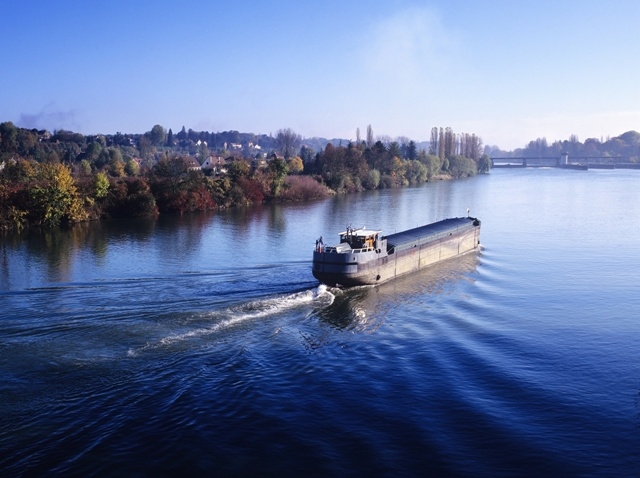
At more than 37 000 kilometres, the European Union (EU) has one of the longest networks of inland waterways in the world, spanning 20 Member States and connecting hundreds of cities and industrial sites. Inland waterways are important for transporting goods from major seaports to their hinterland. Considered a quiet and energy-efficient means of transport, it is also seen as a way to alleviate congestion, notably from roads.
However, over the longer term, the inland waterway transport sector has experienced a steady decline in its modal share. It is facing many specific structural difficulties (infrastructure insufficiently interconnected and integrated with other transport modes, overcapacity, skills shortages, etc.) which prevent it from tapping its full potential, i.e. increasing its modal share.
The EU has launched several initiatives to boost this transport mode, such as the Trans-European Transport Networks (TEN-T) policy and the adoption in 2006 of the first integrated European Action Programme for inland waterway transport (NAIADES). In September 2013, the European Commission (EC) presented the NAIADES II package (2014-20) which is now under consideration by the European Parliament.









Be the first to write a comment.